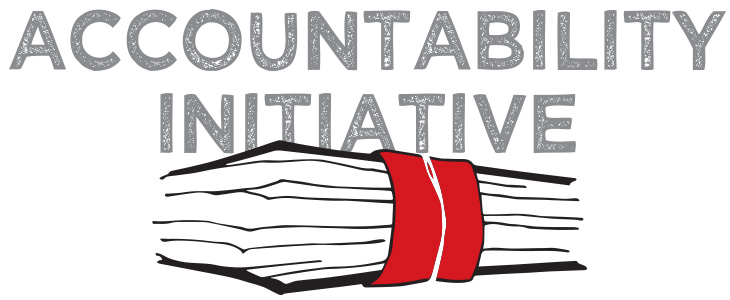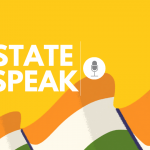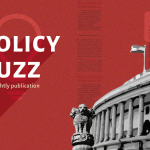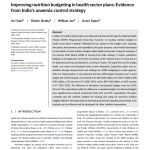
Tools and institutional frameworks to promote Active Participation
19 April 2011
In the last blog post, I introduced the concept of active participation. In this blog post, I talk about the various mechanisms by which active participation can be promoted in a country.
The post has been divided into 2 parts. The first part is a summary of various institutional frameworks meant to promote active participation. The second part is a list of various tools/processes which have been specifically created to facilitate active citizen participation.
Institutional Frameworks
Popular Legislative Initiative : The right to propose legislation is granted by the constitution in some countries (Austria, Poland, Spain). In Switzerland, citizens can request changes to the constitution by collecting 100000 signatures of eligible voters within a period of 18 months. Their proposals may take the form of a general proposition or a fully-drafted constitutional text, which cannot be modified by either the Parliament or the Government. A US citizen group is campaigning for introducing legislative initiatives in the US through an amendment to the constitution and an Act called the Democracy Amendment and the Democracy Act respectively. You can read about it here
Citizen initiated referenda : The 1993 Citizen Initiated Referenda Act of New Zealand provides for the holding of referenda initiated by citizens to indicate the views held by the people on specific questions – the results are however not binding.
Law 69 : Law 69 was ratified in Tuscany in 2007 and gives citizens the right to petition for deliberative, participatory processes to address local problems. A local authority then determines an appropriate process on the principles of inclusivity and deliberation and, crucially, funds the process. The relevant agency is then legally required to act on the public’s recommendations. The law encourages and supports, but does not require, public participation.
Social partnerships: Social partnership model are collaborative models between the government and interest groups, where the interest groups are closely integrated into the formal political process. There are a number of different formalized social partnerships.
In Austria, social partnerships are defined by the“Agreement of the Social Partners” that originated in 1957”. By this agreement, policy-making is a collaborative exercise between associations representing employers, associations representing employees, many others such diverse groups and government representatives. Any individual or corporate body, by law has to register as a member of the various chambers. These chambers have the right to appraise bills and formulate bills. And thus, these chambers allows for direct citizen participation.
In Netherlands the Social and Economic Council’ is an independent body from the government, which is financed by industry. The SER’s role in the legislative process is that it must be consulted on all important measures (national and international) in the economic and social field by the Dutch government. It may be asked questions at any stage in the legislative process or it may forward opinions on its own initiative’. though the government is not obliged to adopt them. These opinions do, however, carry significant weight since they have the support of the employers’. and employees’ associations and therefore they tend to be accepted. The Belgian Central Economic Council plays a similar role in Belgium.
Administrative bodies for promoting active-participation : Netherlands has established an “Expertise Bureau for Innovative Policy-Making” . The task of the Bureau is to collect know-how and expertise regarding innovative decision-making, new relationship between the public and administrative units, and the use of ICT applications as a decision-making resource.
Policies for promoting active-participation : Canada, Finland, Netherlands have made it a policy priority to come up with new ways of increasing citizen engagement.
Tools/Processes to facilitate citizen participation
Citizen Fora – Provides a means to deliver policy proposals generated by citizens or their representative organizations directly to policy-makers
Citizen Juries – Allows a group of citizens –selected to reflect the population at large, to question experts in a quasi-courtroom setting and to offer recommendations after deliberations.
Dialogue processes – Enables governments to engage large number of citizens directly in the process of identifying and developing policy solutions. Involves organized meetings, kitchen-table talks, individual submissions, submission of a workbook etc.
Consensus conferences – Enables a panel of laymen (non-experts) with access to a range of experts, to discuss a complex issue over several days and report on its conclusions
E-governance based tools – The e-Democracia project in Brazil relies on the use of social media, combined with offline legislative events (any of the above) to engage citizens in the law-making process. It also involves the use of lawyers who convert non-legal comments by participants into legal-technical language.
Deliberative opinion polling : Deliberative polling combines random sampling of public opinion on a specific issue with small-group discussions. Rather than simply determining existing public opinion, a deliberative poll aims to understand what public opinion would be if the public were well-informed and had carefully discussed a particular issue.
Now that this blog post has introduced various frameworks and tools to promote active participation, my next blog post would talk about the various technology tools that can promote active participation.





